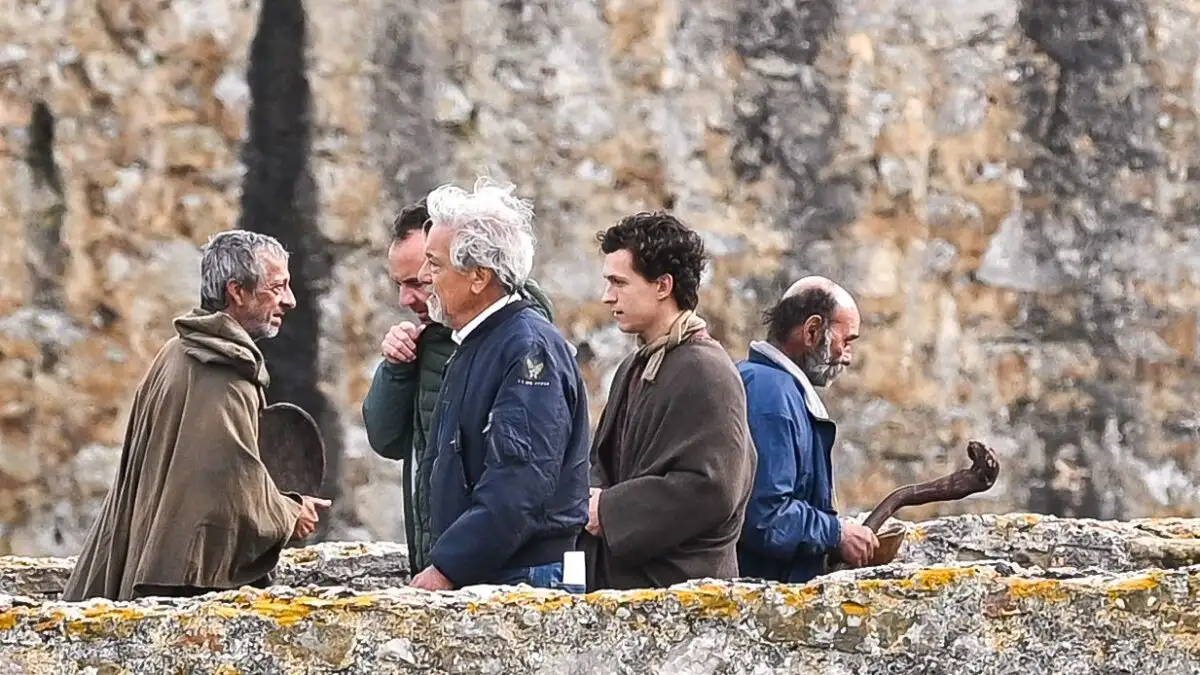American archaeologists have played an important role in the study of ancient Mesopotamia, also known as the "cradle of civilization" or the land between the Tigris and Euphrates rivers, which is now modern-day Iraq.
One of the most significant early American archaeological expeditions to Mesopotamia was led by Edgar James Banks in the early 1900s. Banks worked with the Ottoman government to excavate several important sites, including Nippur, the religious center of ancient Sumer, and Bismaya, one of the oldest cities in Mesopotamia.
Another prominent American archaeologist in Mesopotamia was Robert McCormick Adams, who directed excavations at the ancient city of Nippur in the 1960s and 1970s. His work helped to reveal the complex social and economic structures of ancient Mesopotamia.
More recently, American archaeologists have been involved in excavations at the ancient site of Ur, the birthplace of Abraham according to the Bible, as well as other sites such as Tell Brak, an ancient city in northeastern Syria.
American archaeologists have also played a role in preserving the cultural heritage of Mesopotamia, including the restoration of important sites and the training of Iraqi archaeologists. However, political instability and conflict in the region have made archaeological work difficult in recent years.






